Plant Structure and function -> reproductive system
Reproductive System
Introduction
The reproductive system is a collection of organs and structures that work together for the purpose of producing offspring. It is essential for the continuation of a species.
Male Reproductive System
The male reproductive system includes the testes, epididymis, vas deferens, seminal vesicles, prostate gland, and penis. The testes produce sperm, while the other structures aid in the transportation and delivery of sperm.
Female Reproductive System
The female reproductive system consists of the ovaries, fallopian tubes, uterus, cervix, and vagina. The ovaries release eggs, and if fertilization occurs, the uterus provides a nurturing environment for the developing embryo.
Reproductive Cycle
In females, the reproductive cycle involves the monthly release of an egg from the ovaries (ovulation), and the thickening of the uterine lining in preparation for a potential pregnancy. If fertilization doesn't occur, the uterine lining is shed during menstruation.
Reproduction and Genetics
Reproduction involves the fusion of genetic material from a male sperm cell and a female egg cell. This process leads to the creation of a unique individual with a combination of genetic traits from both parents.
Common Issues
Issues that can arise in the reproductive system include infertility, sexually transmitted infections (STIs), and reproductive cancers. It's important to practice safe sex and undergo regular check-ups for early detection and treatment of any potential problems.
Study Guide
- What are the primary organs of the male reproductive system?
- Describe the process of ovulation in the female reproductive system.
- What is the role of the uterus in the reproductive system?
- How does the reproductive cycle differ between males and females?
- List some common issues that can affect the reproductive system.
◂Science Worksheets and Study Guides Fourth Grade. Plant Structure and function

 Worksheet/Answer key
Worksheet/Answer key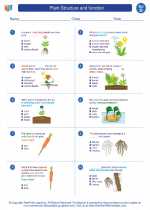
 Worksheet/Answer key
Worksheet/Answer key
 Worksheet/Answer key
Worksheet/Answer key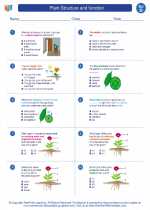
 Vocabulary/Answer key
Vocabulary/Answer key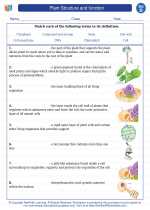
 Vocabulary/Answer key
Vocabulary/Answer key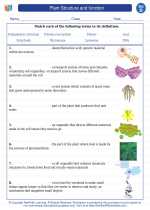
 Vocabulary/Answer key
Vocabulary/Answer key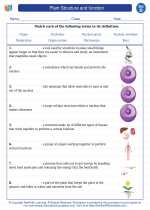
 Vocabulary/Answer key
Vocabulary/Answer key
